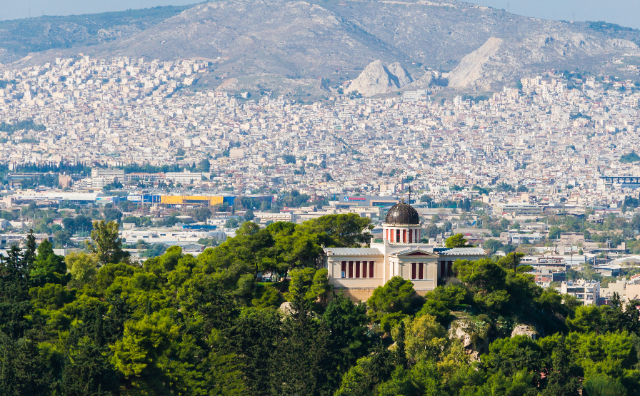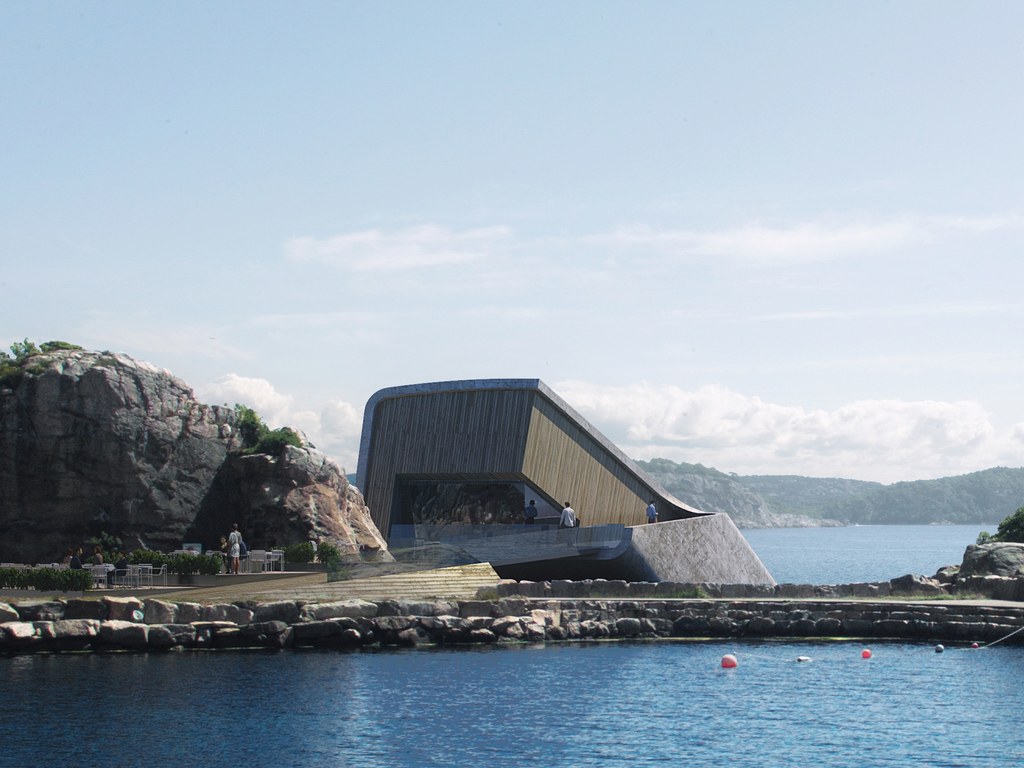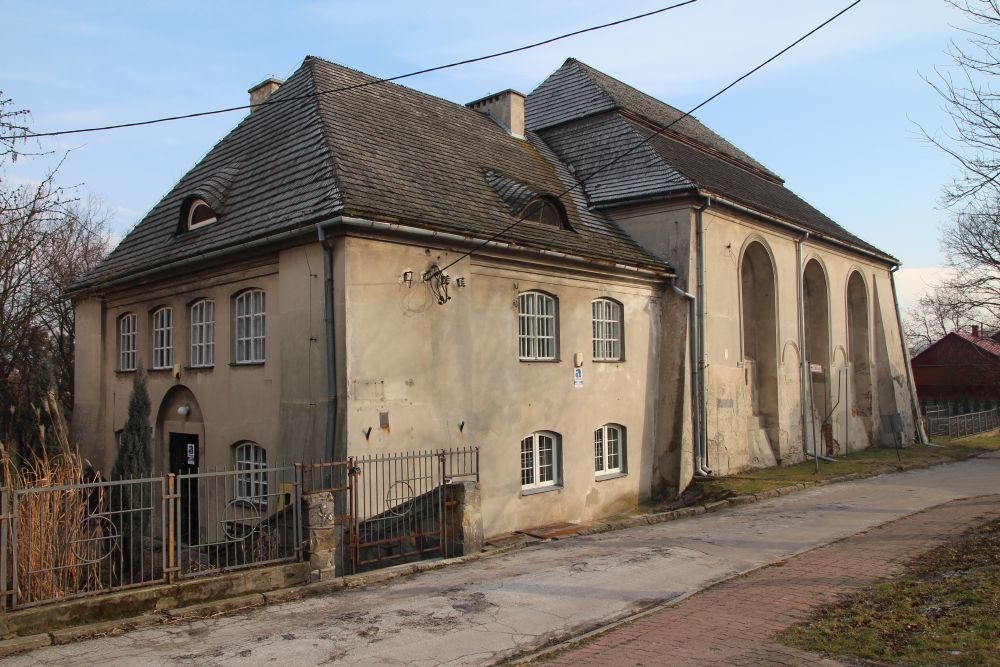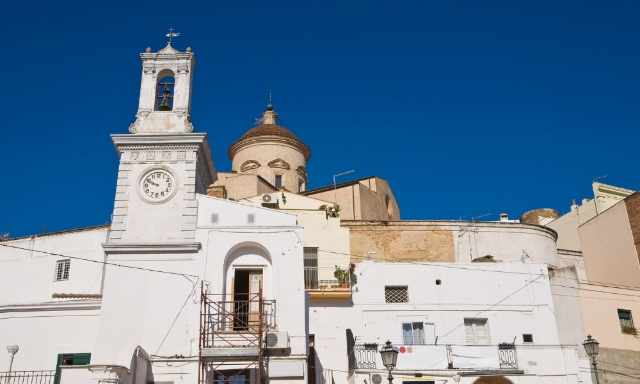<p><span style="font-size: 14pt;">The <strong>National Observatory of Athens</strong> (NOA) stands as a beacon of scientific progress in Greece, with a history stretching back to its founding in 1842. It has been at the forefront of both basic and applied research, constantly evolving and adapting to meet the ever-changing needs of Greek society. Throughout its history, NOA has been associated with brilliant minds and notable figures, such as the founder of the Academy of Athens, D. Eginitis, and the scientist responsible for the first topographic map of the Moon, I. Smit. </span></p>
<p><span style="font-size: 14pt;">The institution’s progress was also significantly influenced by national benefactors, including S. Sinas and D. Doridis, and visionary architects like Theofil Hansen and Ernst Ziller. NOA is divided into three institutes, each specializing in a distinct scientific field. The Institute for Astronomy, Astrophysics, Space Applications, and Remote Sensing (IAASARS) focuses on astronomy, astrophysics, space science, and remote sensing. The Institute for Environmental Research and Sustainable Development (IERSD) is dedicated to air quality, environmental monitoring, meteorology, climate, and climate change. </span></p>
<p><span style="font-size: 14pt;">Finally, the Geodynamic Institute (GI) excels in the physics of the Earth’s interior, remote sensing in seismology, geophysics, volcanology, and marine seismology. One of NOA’s primary goals is to foster innovation and support research activities. The institution operates a vast network of more than 550 land-based measurement stations across Greece, each equipped with antennae and satellite signal receivers, providing access to numerous satellites for high-fidelity data collection. </span></p>
<p><span style="font-size: 14pt;">NOA is a key player in disaster prediction, detection, and monitoring, with a strong commitment to mitigating the impact of natural hazards. The institution collaborates on various research programs, participates in global Earth Observation initiatives, and actively supports crisis management authorities in Greece and around the world. Lastly, NOA is dedicated to sharing its wealth of knowledge with the public. Visitor Centers in different locations serve as educational hubs, offering programs for schools, families, and vulnerable social groups. </span></p>
<p><span style="font-size: 14pt;">NOA Visitor Centers have welcomed refugee children and individuals with disabilities. Beyond education, these centers aim to bridge the worlds of science and art, making science more accessible and engaging to the public. In essence, the National Observatory of Athens is a driving force in Greek scientific research, contributing to both the nation’s intellectual heritage and its preparedness in the face of natural disasters.</span></p>













